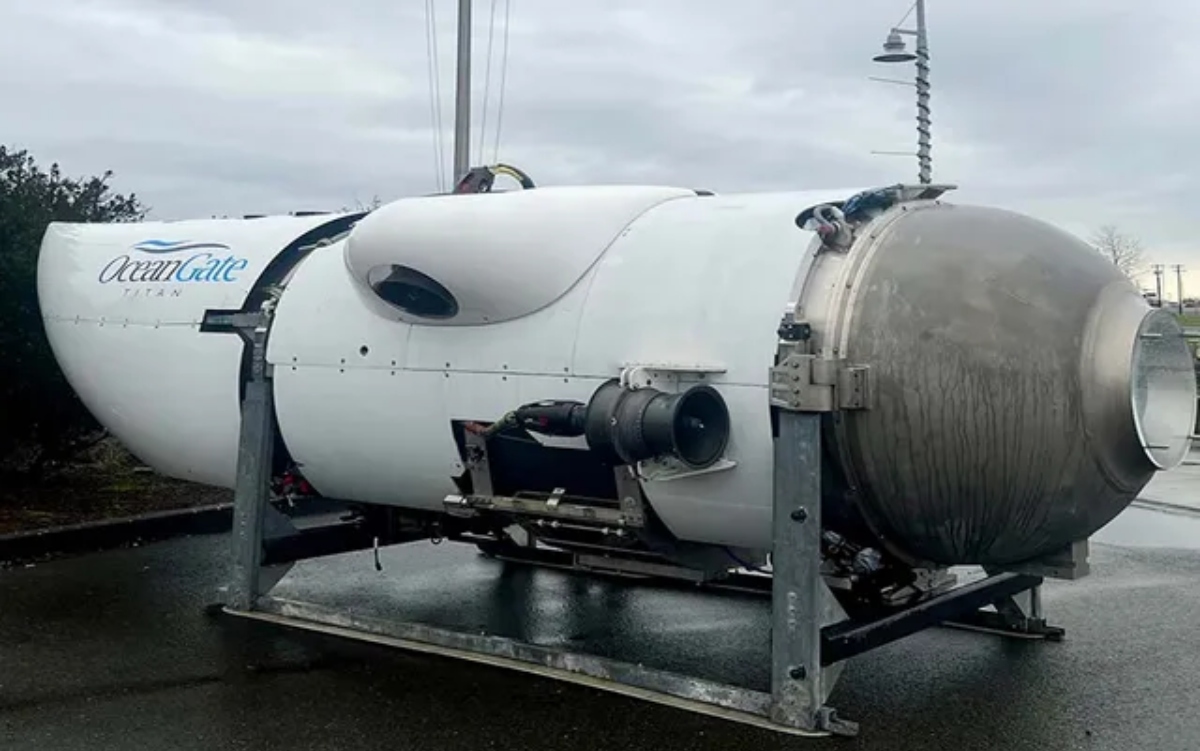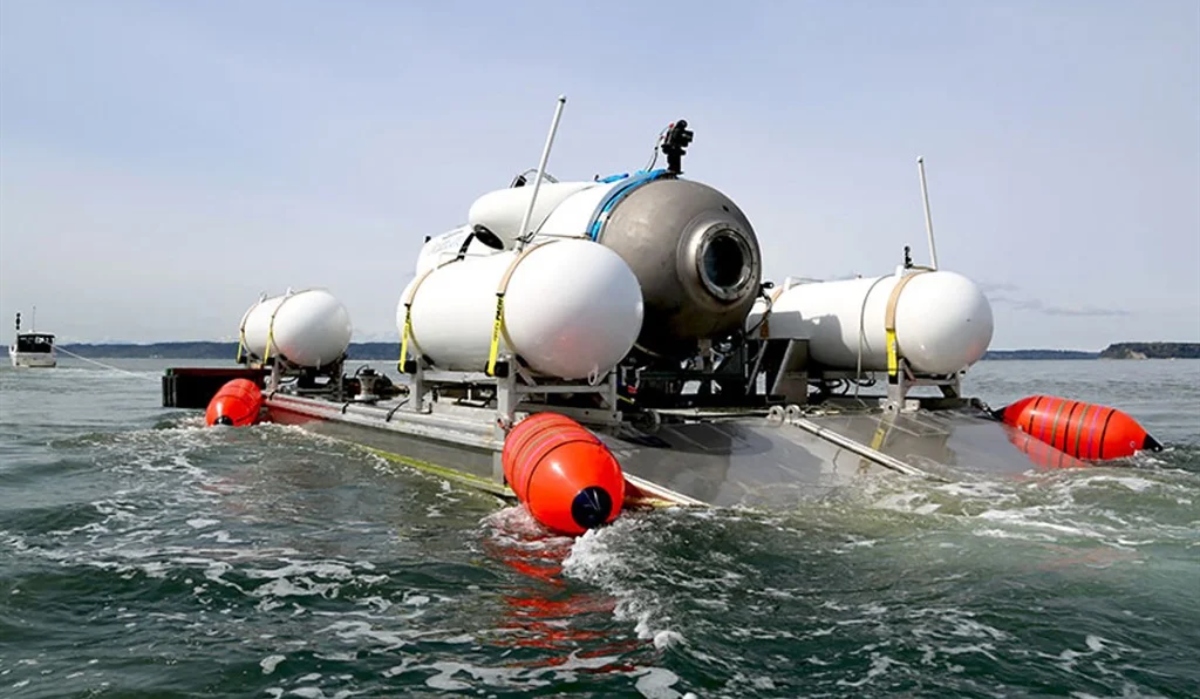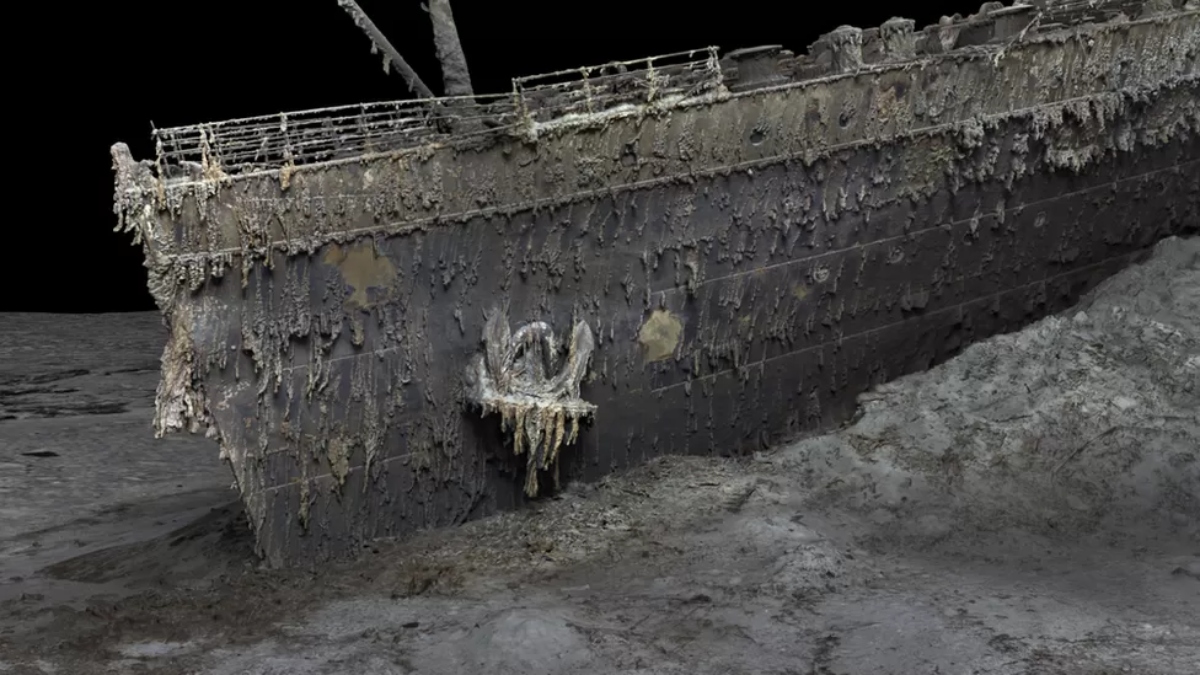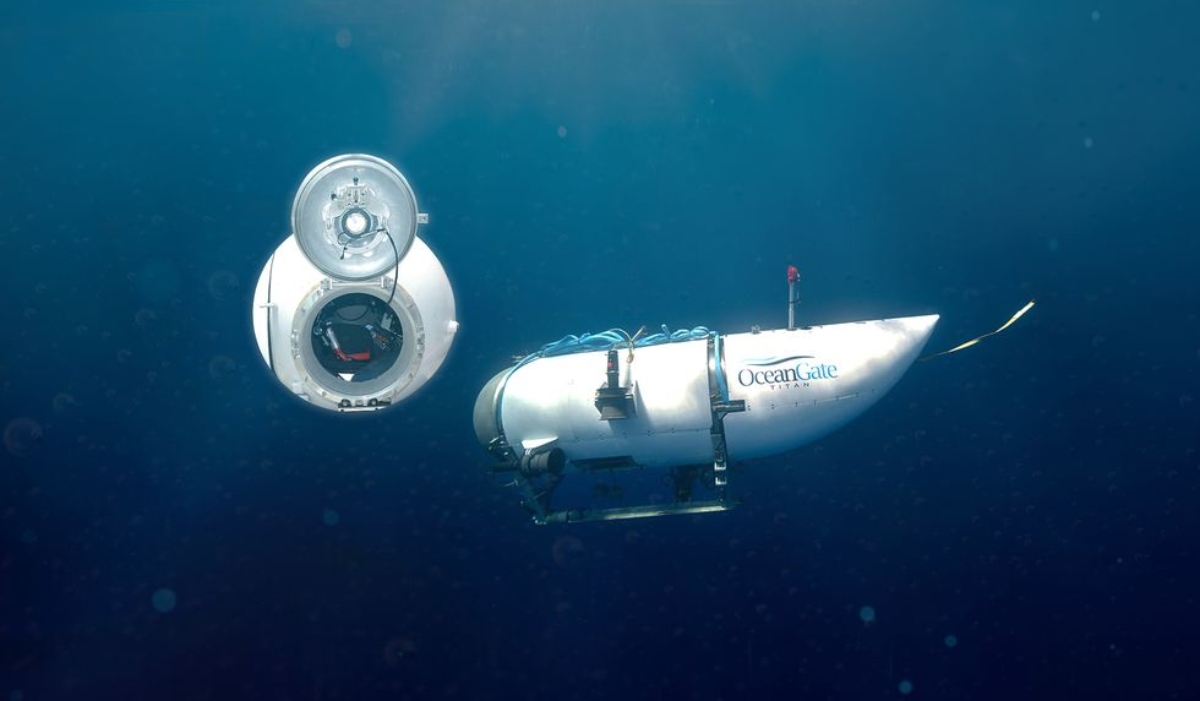Deep Dive Disaster: Here Is What Could Have Caused The Titan Submersible To Implode Near The Titanic
A week after the tragic loss of five lives in a deep-sea expedition to the Titanic, investigators are still trying to figure out what caused the Titan submersible to implode under the crushing pressure of the ocean.
The Titan, a 6.7m carbon-fibre and titanium craft operated by OceanGate, was on a tourist excursion to the Titanic, which rests 4km below sea level.
On Sunday, 18 June, it set off from its mothership, the Polar Prince, with five passengers on board: Stockton Rush, CEO of OceanGate; Shahzada Dawood and his son Suleman Dawood, Pakistani billionaires; Hamish Harding, British adventurer; and Paul-Henri Nargeolet, French Titanic expert.
About an hour and 45 minutes into the trip, all communication with the submersible ceased. A massive search that lasted five days ended in tragedy when the US Coast Guard announced that it had found pieces of the Titan scattered across the ocean floor about 1,600 feet from the bow of the ill-fated ocean liner.
“The debris is consistent with a catastrophic loss of the pressure chamber,” said Rear Admiral John Mauger of the US Coast Guard. He added that officials were unsure when the “catastrophic implosion” occurred.
What Caused Titan Submersible To Implode

The implosion was likely due to a rupture in the pressure chamber, which would have caused a violent and instantaneous implosion as the high-pressure water outside flooded in, wrenching away the rear cover, landing frame, and ripping apart the sub’s hull, crushing those inside. The deaths of the five passengers were immediate.
At the average ocean depth (3.8km), pressure on the sea floor is a staggering 380 times greater than it is at the surface.
The exact cause of the rupture is unknown, but it could be due to a leak or a power failure. The US Navy said it detected an anomaly consistent with an implosion near where the submersible was operating when communications were lost.
Film director James Cameron, who has visited the Titanic several times in his own submersible, said he knew the submersible was lost from the start of the search after his sources in the deep-sea exploration industry reported a loud bang.
Unusual Design Of The Titan Submersible
The Titan had an unusual design for a deep-sea submersible because it used carbon fibre instead of solid steel or titanium for its hull. Carbon fibre is lighter, cheaper than metal, and weaker and largely untested in deep-sea diving.
OceanGate founder Stockton Rush believed the material was more viable for such dives than commonly credited and subjected it to rigorous safety checks before every dive.
Titan Submersible Did Not Follow Industry Standards, Possibly Causing It To Implode

Some experts have questioned whether OceanGate followed industry standards and regulations for operating such a vessel. OceanGate did not have a certificate of inspection from any recognized authority and did not submit to safety checks that are standard in the industry.
OceanGate also did not have permission from Canada or France to visit the Titanic, which was protected by an international treaty.
Recovering The Bodies
The US Coast Guard said it would continue to work and search the area but does not have an answer for prospects of recovering bodies of crew members aboard the sub. It also said it would lead an investigation of the sub-disaster.
The US Coast Guard notified the victims’ families and expressed their grief and shock over their loss.
Christine Dawood, wife and mother of Shahzada and Suleman Dawood, said she was onboard the Titan’s mothership when it lost communication with the submersible. She said she gave up her spot for her son because he really wanted to go.
Titan Submersible: The Future Of Deep Sea Exploration
The tragedy has cast a shadow over the future of deep-sea tourism and exploration, which has grown in popularity and accessibility in recent years.
The Titan was one of several submersibles that offered trips to Titanic for adventurous travellers willing to pay R2,3 million (US$125,000) for a ticket. OceanGate had planned to conduct six expeditions this year with 54 passengers each.
Titanic Doom

The Titanic remains one of the most iconic and mysterious shipwrecks in history. It sank on its maiden voyage in 1912 after hitting an iceberg in the North Atlantic, killing over 1,500 people.
It was discovered in 1985 by a joint US-French expedition led by Robert Ballard and Jean-Louis Michel. Since then, it has been visited by dozens of explorers, scientists, filmmakers and tourists who have marvelled at its haunting beauty and preserved artefacts.
However, time is running out for Titanic as it is slowly decaying under natural and human factors. Experts estimate that it could disappear entirely within 20 years.
The Titan implosion has added another tragic chapter to the saga of Titanic, which continues to captivate and challenge the world.
